Miami, Florida
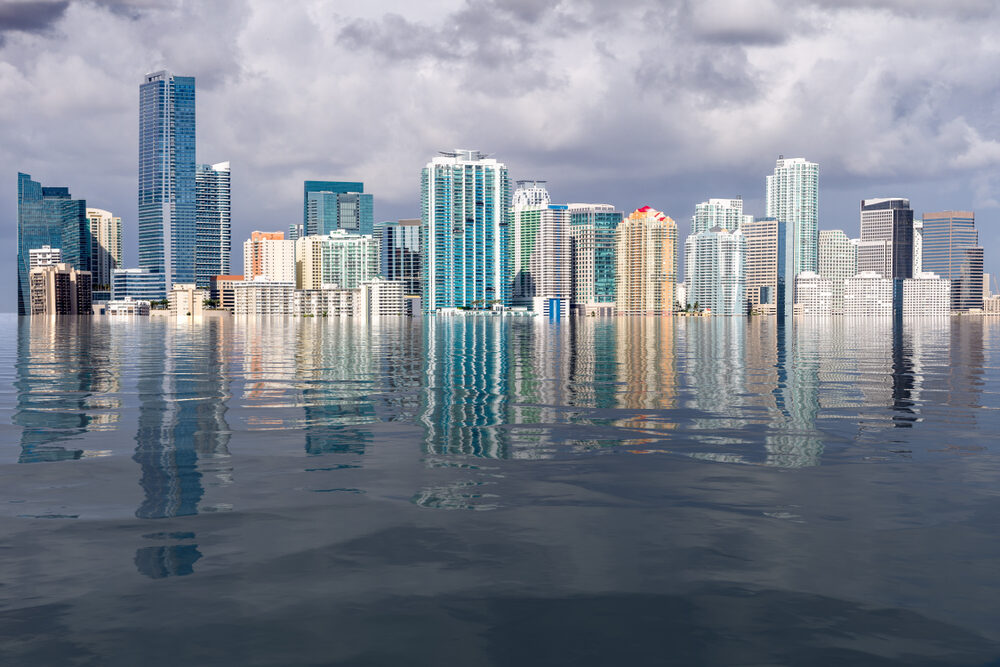
Miami’s tropical charm overshadows its dangerous position as one of the most vulnerable cities experiencing rising sea levels. Built on low-lying land between the Everglades and Biscayne Bay, Miami faces challenges from both coastal erosion and flooding. Since 1870, sea levels in Southeast Florida have risen by 30 cm, surpassing the global average. Projections indicate that by 2060, this could double or triple, threatening infrastructure and displacing communities. Already, the city experiences “sunny day flooding,” where high tides flood streets without rainfall. Efforts like the Stormwater Master Plan aim to combat these threats with upgrades to drainage systems and flood barriers, but these measures come with a hefty price tag, i.e, billions of dollars in investment. Despite these efforts, Miami’s porous limestone foundation, leaving its future uncertain, based on a story in FloridaTrend.
New Orleans, Louisiana
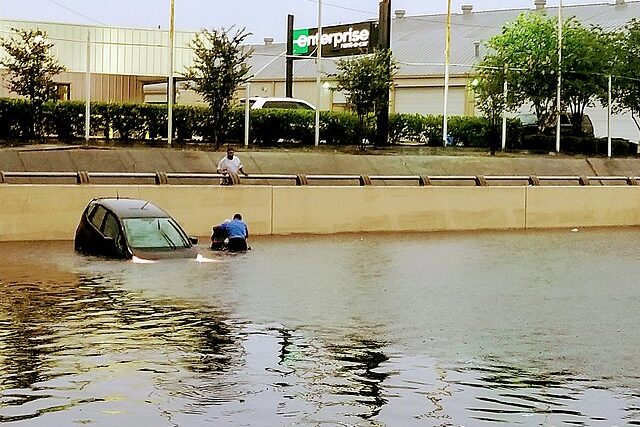
New Orleans is a city shaped by water, but this relationship is turning increasingly hostile. Sitting on a river delta with much of its land below sea level, New Orleans faces dual threats: subsidence and rising seas. The city is sinking at a rate of two inches per year while global sea levels continue to climb. Experts predict that by 2050, many neighborhoods could be submerged or rendered uninhabitable. Levees and flood barriers provide some protection, but hurricanes and storm surges often overwhelm these defenses. The economic and cultural heart of Louisiana risks losing its historic charm as climate change accelerates. Without robust mitigation strategies, New Orleans may become one of the first major U.S. cities to succumb to rising waters. Here’s a map of Lousiana.
Bangkok, Thailand
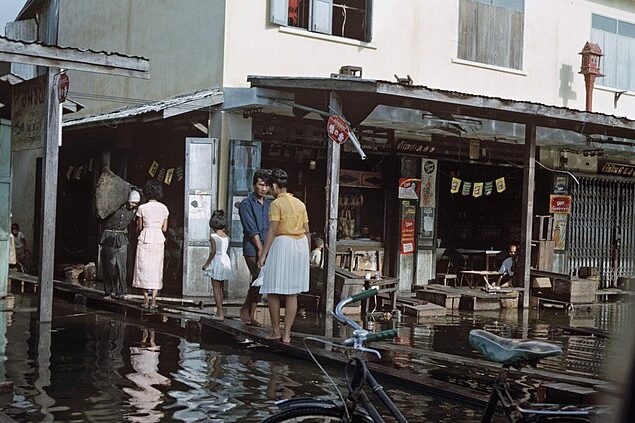
Bangkok’s vibrant streets and bustling markets are under siege from rising seas and land subsidence, an urgent reality shaped by several interconnected factors. As Bangkok’s population grows, so has the demand for water. Excessive groundwater extraction has caused the city to sink by more than one centimeter annually, adding to its vulnerability to climate change. Coastal flooding during monsoon seasons is becoming more severe, threatening millions of residents and critical infrastructure. Another factor contributing to this is the city’s geographic location. Located on a flat, low-lying delta makes it naturally vulnerable to flooding. Also, the Chao Phraya River flows through the city, making it hard for inhabitants to manage excess water during storm surges or heavy rains. Researchers point out that by 2050, large portions of Bangkok could be underwater if current trends persist. The government has initiated flood prevention measures like elevated roads and improved drainage systems, but these efforts face challenges from rapid urbanization and insufficient funding.
Shanghai, China

Shanghai’s towering skyline symbolizes modern progress, yet its geographical location makes it highly susceptible to flooding. Its risk of submergence is tied to a complex web of geographical, environmental and urban factors. As one of China’s most economically significant cities, Shanghai faces mounting risks from rising seas due to its low elevation and dense urban development along the Yangtze River Delta. What makes Shanghai’s situation more perilous is that experts already estimated that some parts of this megacity have already sunk by several centimetres per year in recent decades. Predictions suggest that by 2050, substantial areas could be underwater if defenses like seawalls fail to keep pace with climate change. The city is investing heavily in flood management systems, but experts at 360info.org warn that these measures may only delay inevitable consequences.
Alexandria, Egypt
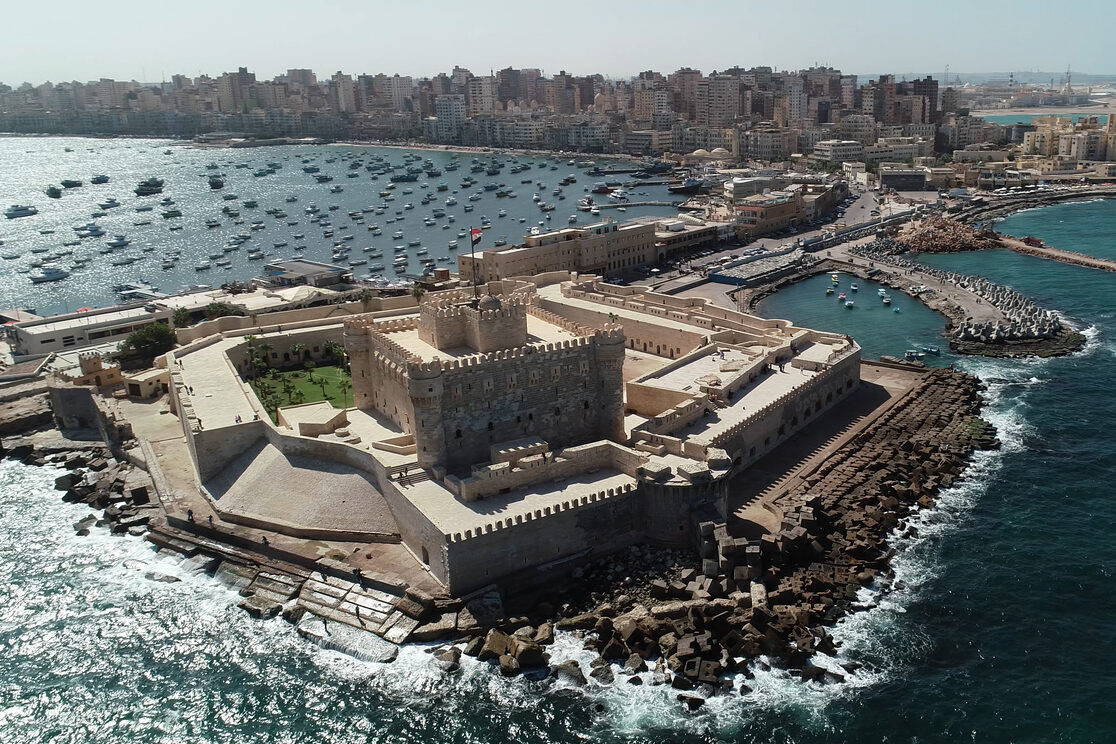
Alexandria’s ancient landmarks and Mediterranean coastline are also at risk of being swallowed by rising seas. Coastal erosion has already begun, eating away at beaches and threatening infrastructure like roads and buildings. The city is sinking at about 3 millimetres year. A factor contributing to this is the upstream Nike dams that trap sediment which is meant to help solidify the delta’s soil. As sea levels rise further, saltwater intrusion could devastate agricultural lands surrounding the city. By mid-century, Alexandria may face widespread displacement as homes and businesses succumb to flooding. The Mediterranean warming also intensifies the risks, as the region is expected to experience some of the most radical climate change globally. The government has proposed initiatives like seawalls to protect vulnerable areas, but funding constraints hinder progress, per france24.com.
Rotterdam, Netherlands

Rotterdam is often hailed as a global leader in flood management, with its innovative systems designed to keep the sea at bay. The city’s extensive network of storm surge barriers, dikes, and canals showcases human ingenuity in the face of nature’s challenges. Yet, despite these impressive defenses, Rotterdam remains highly vulnerable because about 90% of the city lies below sea level. Climate scientists warn that rising sea levels and more intense storms could overwhelm even the best-engineered systems by 2050. The city is investing in adaptive strategies like “floating neighborhoods” and green infrastructure to absorb excess water, but the battle against the encroaching sea is ongoing. Rotterdam’s experience highlights the delicate balance between human innovation and nature’s relentless forces.
Charleston, South Carolina
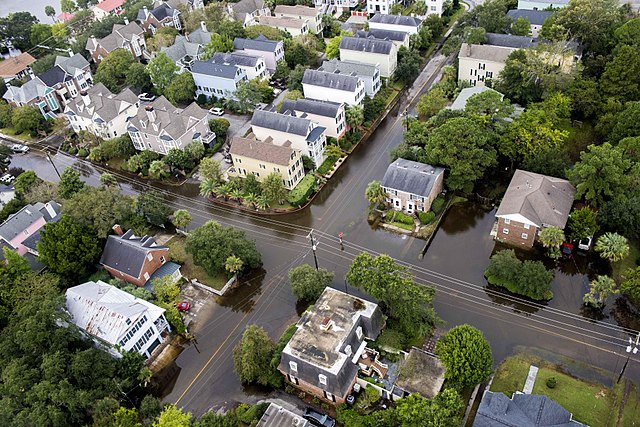
Charleston’s cobblestone streets and historic architecture tell stories of centuries past, but the city’s future is increasingly threatened by rising seas. Located on a peninsula, Charleston faces frequent flooding from storm surges and high tides, which are expected to worsen as sea levels rise. The city has seen a noticeable increase in “nuisance flooding,” disrupting daily life and damaging infrastructure. Preservationists and city planners are working together to implement flood mitigation projects, including elevating roads and improving drainage. However, the challenge remains daunting as climate change accelerates. Charleston’s struggle is a poignant reminder of how even the most cherished places are not immune to environmental change.
Norfolk, Virginia

Norfolk’s sits at the frontline of one of the most pressing climate challenges in the United States. Beyond the usual periodic flooding, Norfolk also faces a complex interplay of socioeconomic and environmental issues that exacerbate its vulnerability. For example, Its strategic importance as a naval hub is matched by its vulnerability to rising waters. The city is sinking due to land subsidence, while sea levels continue to rise, creating a perfect storm of risk. Flooding has become more frequent, threatening homes, businesses, and critical military installations. Efforts to combat these threats include building seawalls, elevating structures, and restoring wetlands to act as natural buffers. Despite these measures, experts warn that Norfolk could face severe flooding events by 2050 if global emissions are not curbed. The city’s plight underscores the complex interplay between human activity and environmental change.
Dhaka, Bangladesh

Dhaka, one of the world’s most densely populated cities, is already grappling with devastating floods during the monsoon season. Its looming threats of submergence is a complex interplay of natural vulnerability, human activity, and climate change. Rising sea levels threaten to exacerbate these conditions, potentially submerging large parts of the city by 2050. The consequences would be catastrophic for millions, leading to displacement, loss of livelihoods, and increased poverty. Bangladesh has invested in flood defenses and early warning systems, but rapid urban growth and limited resources make comprehensive protection difficult. Many experts still reiterate the need for integrated approaches that combine engineering solutions with sustainable urban planning. Dhaka’s situation highlights the urgent need for global cooperation to address climate change and support vulnerable communities.
Atlantic City, New Jersey

Atlantic City’s iconic boardwalk and casinos have long drawn visitors, but the city’s future is clouded by the threat of rising seas. Situated on a narrow barrier island along the New Jersey coast, it act as a buffer between the Ocean and the mainland, but it is very fragole and constantly reshaped by tides, storms and erosion. Chronic flooding and storm surges have already caused significant damage, and projections suggest that large areas could become uninhabitable by 2050. Efforts to build seawalls and improve drainage are underway, but the scale of the challenge is immense. The city’s economic reliance on tourism adds pressure to finding sustainable solutions quickly. Atlantic City’s story brings our awareness to how climate change can disrupt not only environments but also the social and economic fabric of communities. As these coastal cities face the rising tide, their stories intertwine into a larger narrative about resilience, innovation, and the urgent need for action. It reminds us that the future of our coastlines depends on the choices we make today.


